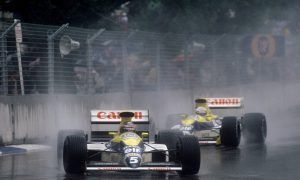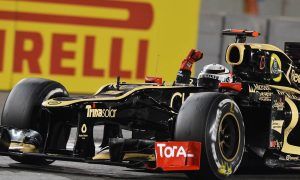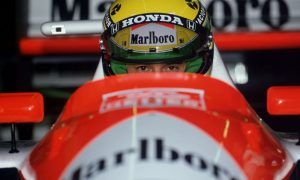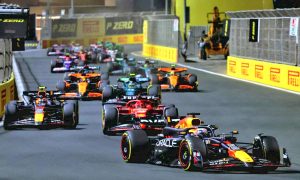In order to increase brand recognition and boost sales abroad, the venue changed its name to Circuit de Barcelona-Catalunya in September 2013 after reaching a sponsorship agreement with Spain’s second most populated city.
“The city of Barcelona has a lot of strength and a great international projection, and therefore we believe that the new name, Circuit de Barcelona-Catalunya, will help us boost the facilities much stronger,” Vicenç Aguilera, the President of the circuit, said at the time.
With the track located half an hour away from one of Europe’s most vibrant cities, the Spanish Grand Prix has been included in many Barcelona tourist packages and as a result is attracting a wider global clientele.
“57% of our attendance is international,” revealed Ramos. “They mostly come from England, France and Germany. They usually take advantage and visit Barcelona and Catalonia.”
Following Toro Rosso rookie sensation Max Verstappen’s meteoritic rise to prominence, organisers also hope to see many more Dutch fans in the coming years with the race now secure for at least four more years.
However, it will probably be hard to match the 2007 attendance record when 140,700 packed the grandstands on race day to see then reigning double world champion Alonso in his first year at McLaren.
Spain has since been marred with years of severe economic downturn and this year’s Spanish Grand Prix only saw 86,700 people (against 91,480 last year) walk through the gates of Circuit de Barcelona-Catalunya on Sunday (for a total of 188,960 over the event, down from 205,680 in 2014). This can easily prompt some to claim that the country’s interest in F1 is dwindling, as already highlighted by the demise of the European Grand Prix in Valencia a couple of years ago.
But Spain was the most represented nation on the grid this weekend with three drivers (tied with Germany and the UK) taking part in their home Grand Prix: Manor’s Roberto Merhi, Toro Rosso’s Carlos Sainz, and obviously Alonso. There’s no denying the McLaren returnee has been a massive ambassador for F1 in his country. Sainz openly said he took inspiration from Alonso’s achievements to embrace a career in single-seaters when he could have followed in his father’s rally footsteps.
Now in his 14th season, the 32-time grand prix winner knows he has more years behind than ahead in the sport. Will his eventual retirement lead to Spanish fans losing their passion for F1? After all, it is Alonso’s ascent to stardom that awoke keen local interest in the first place.
Speaking to the press during last Thursday’s FIA press conference, the 33-year-old believes he can pass the mantle to the new generation of home-grown talents.
“I feel proud of seeing Carlos (Sainz) here. Obviously the talent that he has has no questions in all the categories and now in Formula One. Everyone is surprised but I’m not. He’s the future of our country.
“(Roberto and Carlos) are young and they have more time to succeed and more time to play around, so hopefully we can see them fighting for the championship.”










